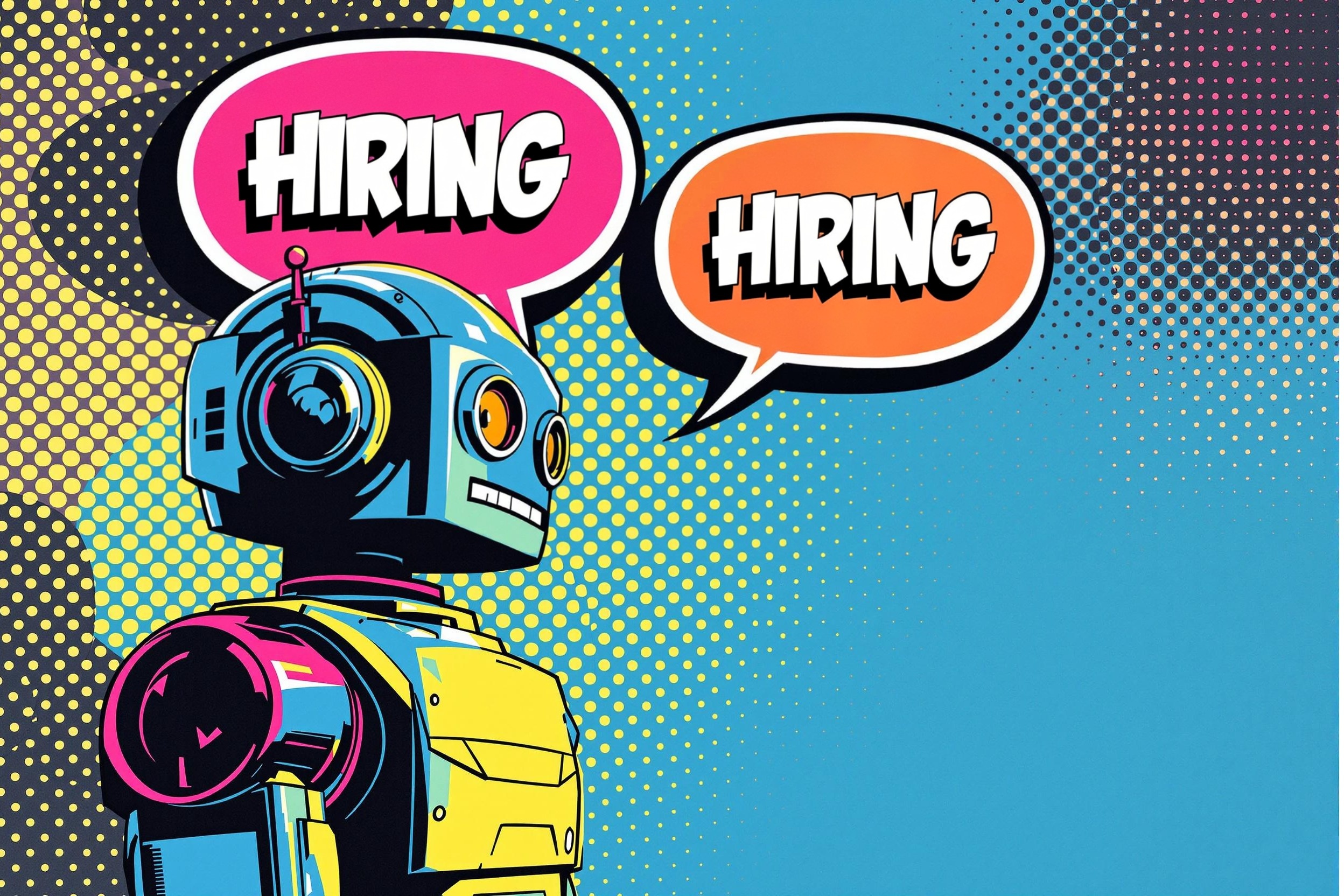
Speech Bubbles
Speech bubbles, also known as word balloons or dialogue balloons, are the visual elements in comics that show what characters are saying or thinking. They're a fundamental tool in comic book creation that helps tell the story by connecting words to specific characters. Comic artists and letterers use different shapes and styles of speech bubbles to convey different types of communication - like regular speech, thoughts, whispers, or shouting. Understanding how to create and place speech bubbles effectively is a key skill in comic book creation, similar to how a film editor needs to know about sound placement in movies.
Examples in Resumes
Created distinctive Speech Bubbles styles for different characters in a 200-page graphic novel
Developed digital Speech Bubble templates used across multiple comic series
Implemented dynamic Word Balloon placement in manga-style comics
Designed custom Dialogue Balloon systems for multilingual comic editions
Typical job title: "Comic Book Letterers"
Also try searching for:
Where to Find Comic Book Letterers
Online Communities
Job Boards
Industry Events
Example Interview Questions
Senior Level Questions
Q: How do you handle speech bubble placement in complex multi-character scenes?
Expected Answer: A senior letterer should explain their process for managing dialogue flow, maintaining readability, and balancing visual composition while handling multiple speaking characters.
Q: What's your approach to creating a unique lettering style for a new comic series?
Expected Answer: They should discuss how they consider the comic's tone, target audience, and art style while developing distinctive but readable lettering approaches.
Mid Level Questions
Q: How do you adapt speech bubbles for different types of dialogue?
Expected Answer: Should explain how they modify bubble shapes and text styles for different types of speech (whispers, shouts, thoughts) while maintaining consistency.
Q: What tools do you use for digital speech bubble creation?
Expected Answer: Should be able to discuss various digital tools and software used in modern comic lettering, showing familiarity with industry-standard applications.
Junior Level Questions
Q: What are the basic rules for speech bubble placement in comics?
Expected Answer: Should know fundamental rules like reading order (left to right, top to bottom), proper spacing, and basic bubble shapes for different types of dialogue.
Q: How do you ensure speech bubbles don't interfere with important artwork?
Expected Answer: Should demonstrate understanding of working with artists and basic principles of bubble placement to avoid covering crucial visual elements.
Experience Level Indicators
Junior (0-2 years)
- Basic speech bubble creation and placement
- Understanding of reading order and flow
- Simple digital lettering tools
- Basic typography knowledge
Mid (2-5 years)
- Advanced bubble styles and effects
- Efficient digital workflow
- Translation adaptation skills
- Custom lettering creation
Senior (5+ years)
- Complex layout problem-solving
- Style guide creation
- Team coordination
- Project management
Red Flags to Watch For
- No knowledge of basic comic reading order
- Inability to work with digital tools
- Poor understanding of text legibility
- No awareness of industry standard practices
- Lack of attention to detail in letter spacing
Related Terms
Need more hiring wisdom? Check these out...

Speak Up! How Voice Search Is Changing Job Listings and What HR Needs to Do About It

Forget Coding—Can You Communicate? Why Soft Skills are the New Hard Skills

From Wait Times to Chatlines: Why Chatbot-Based HR Self-Service Is the Future You've Been Avoiding

